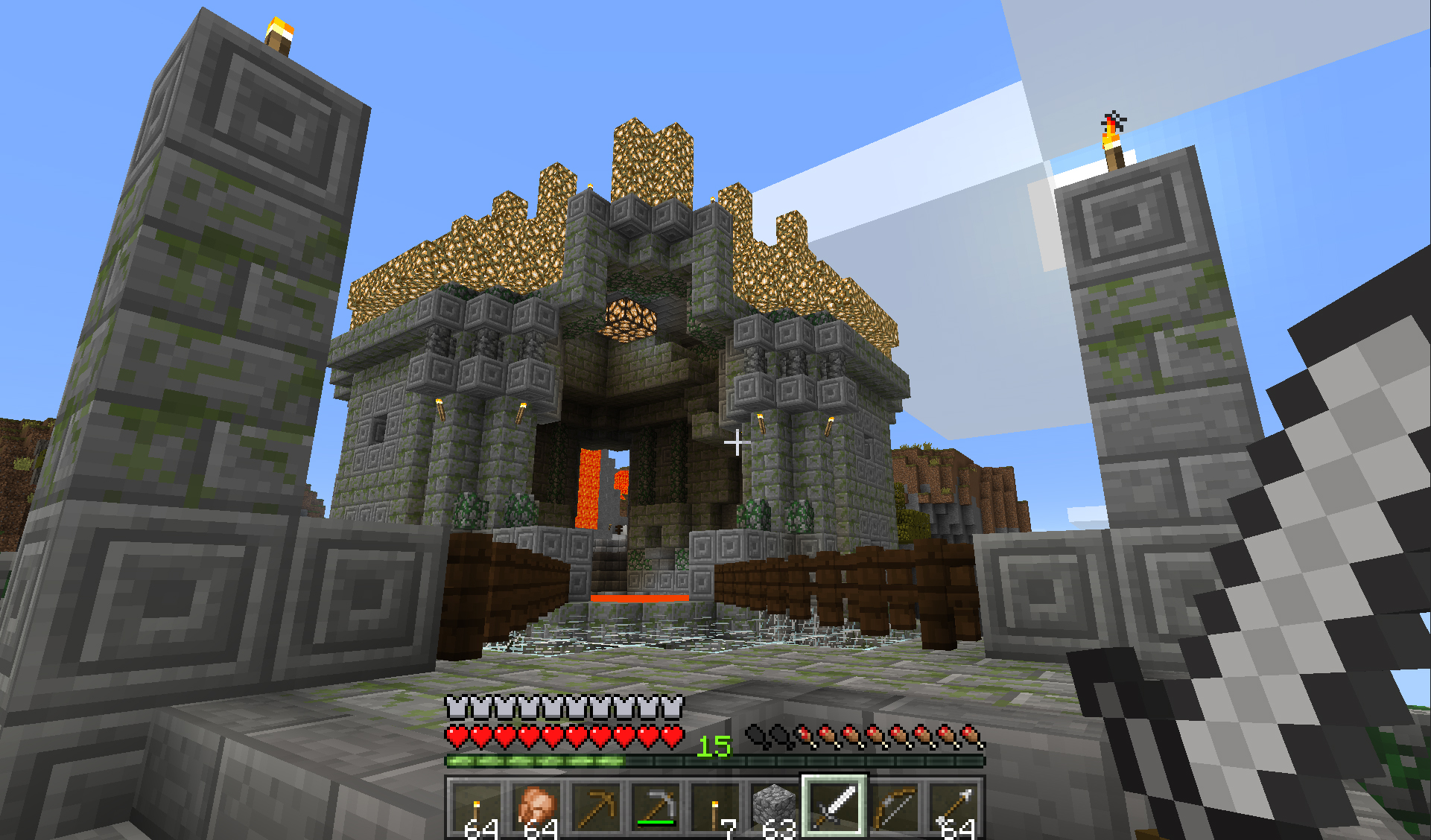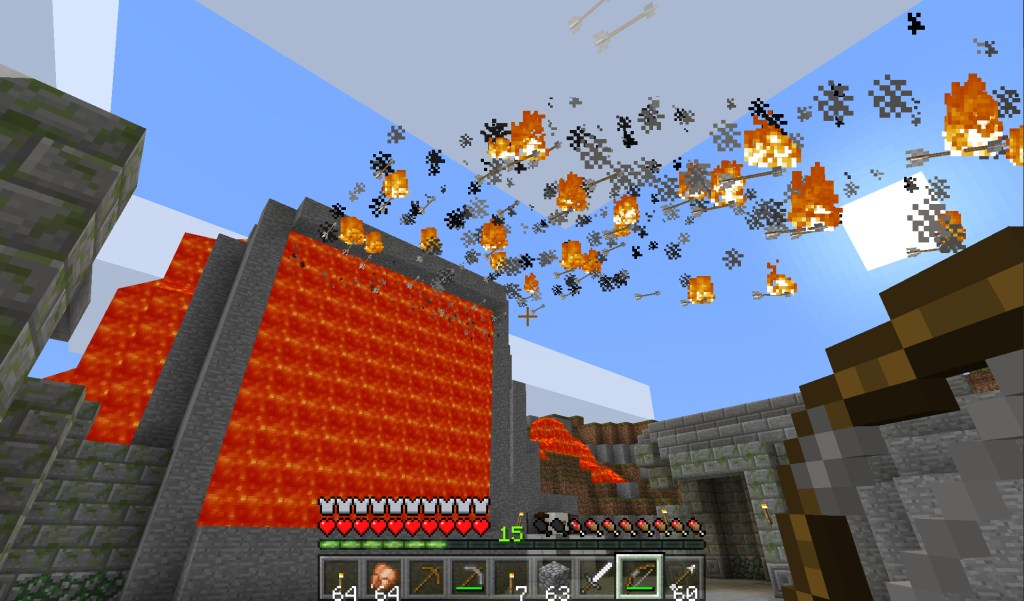"No one really knows what the killer app is gonna be for VR," I said, to the very enthusiastic Microsoft producer who was working with Mojang on Minecraft and Oculus at Microsoft's Spring Showcase event. In response, she gestured emphatically at the Minecraft title screen on a nearby PC monitor. She did tell me she could confirm that the Hololens version of Minecraft shown at Microsoft's E3 keynote was absolutely real—despite my doubts—so maybe it'll be the killer AR app once this all shakes out.
The demo was, well, really tightly controlled. Not bad, just more like a themepark ride of curated Minecraft experiences with a little digging, riding in mining carts, firing arrows at switches, and jumping down into a giant pit. It was cool, I guess, as far as vague, unchallenging VR demos go. Oculus founder Palmer Luckey was also there to gab about VR and did so with great gusto.
As a demo of what the Rift is capable of, or what Minecraft is capable of, it was bland actually. However, it did one thing incredibly right that I haven't seen from any other game with VR: the way it handled turning by using a controller.
Generally in VR, turning with a controller is pretty much a recipe for vertigo. Anytime visual control diverges from head-motion, people will start to get sick, since your actual head isn't turning. There's a sense of disconnect between the eyes and the inner ear (which is how most of us maintain a sense of balance) that starts to feel like riding a spinning amusement park ride.
Most games have tried to mask this by placing the player in a kind of container, like a cockpit or a giant mech or a space-suit, so that turning a spaceship makes that vertigo-feeling exhilarating instead of nauseous. Others have created third-person experiences where you look down on your tiny avatar character as if you were some giant, invisible god. Minecraft does none of these—it's just you in first-person mode.
In Minecraft, turning with a controller on VR just jumps you immediately at 30°-40° stuttered intervals in whatever direction you are trying to turn. This doesn't produce the vertigo effect, since one second you are looking in one direction and the next you are looking just to the left or right, continuing at a rate that is fast enough to feel good but slow enough not to create a weird-frame jitter effect. Mojang, Microsoft, and Oculus have seemingly discovered a piece of VR grammar for first-person VR games that no one's been tipped to yet, and may well be fundamental to VR gaming's future for sit-down VR.
Microsoft may be holding off on implementing a VR solution for console just yet, but it's nice to see them contributing to the emerging PC VR space, and helping to develop that future grammar for the medium.
Minecraft Oculus
-
Minecraft Oculus #1

-
Minecraft Oculus #2
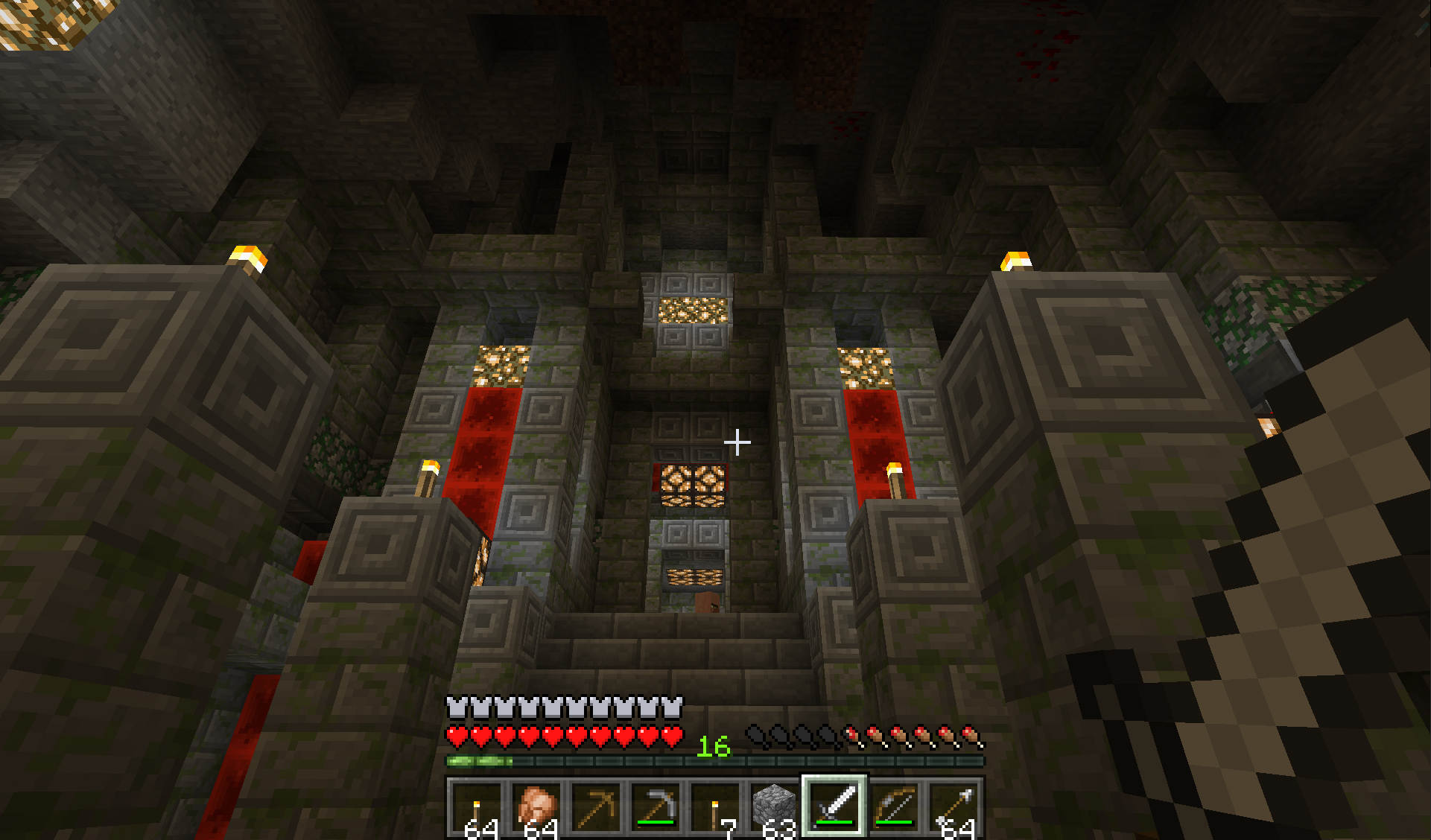
-
Minecraft Oculus #3

-
Minecraft Oculus #4
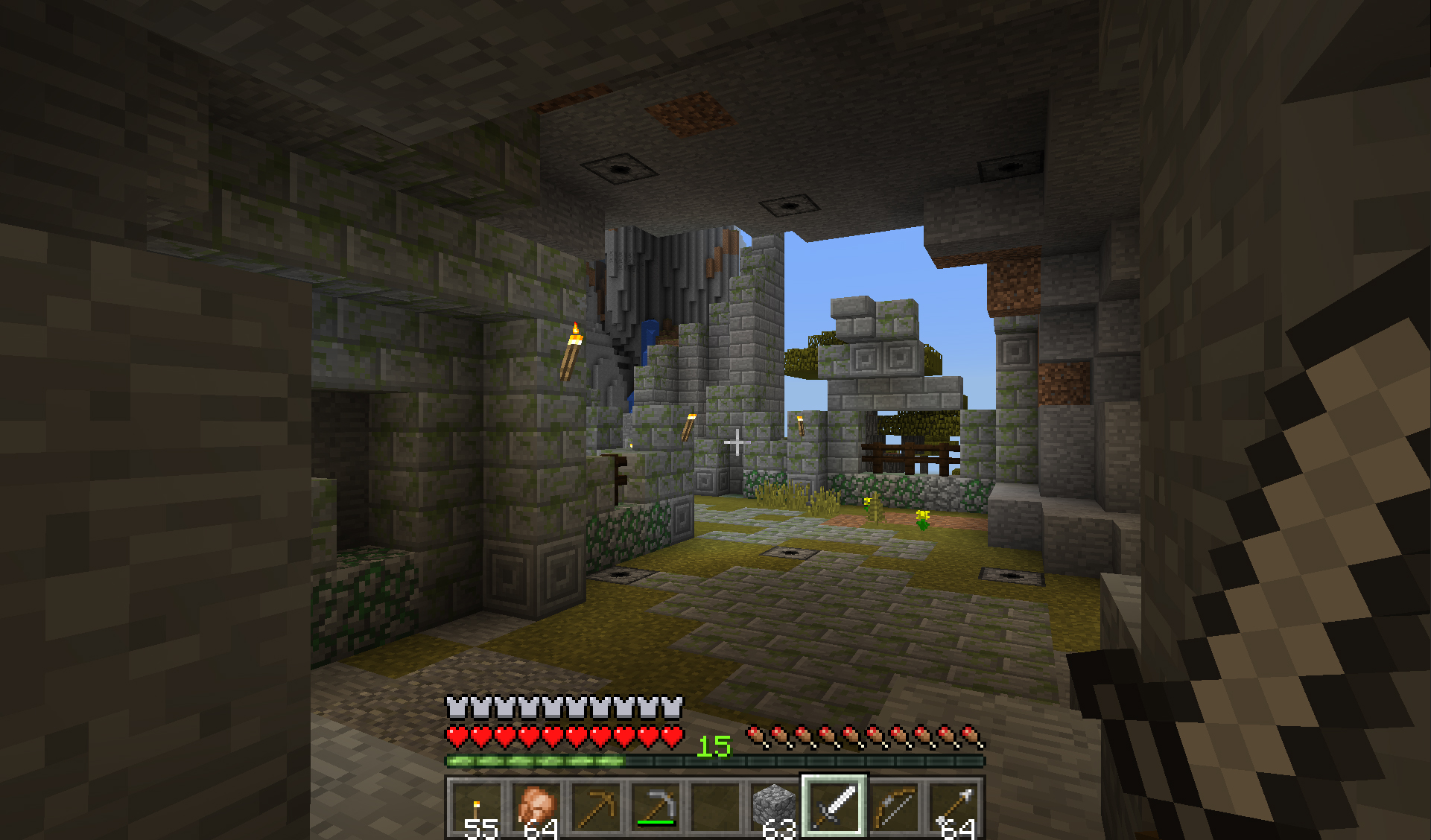
-
Minecraft Oculus #5
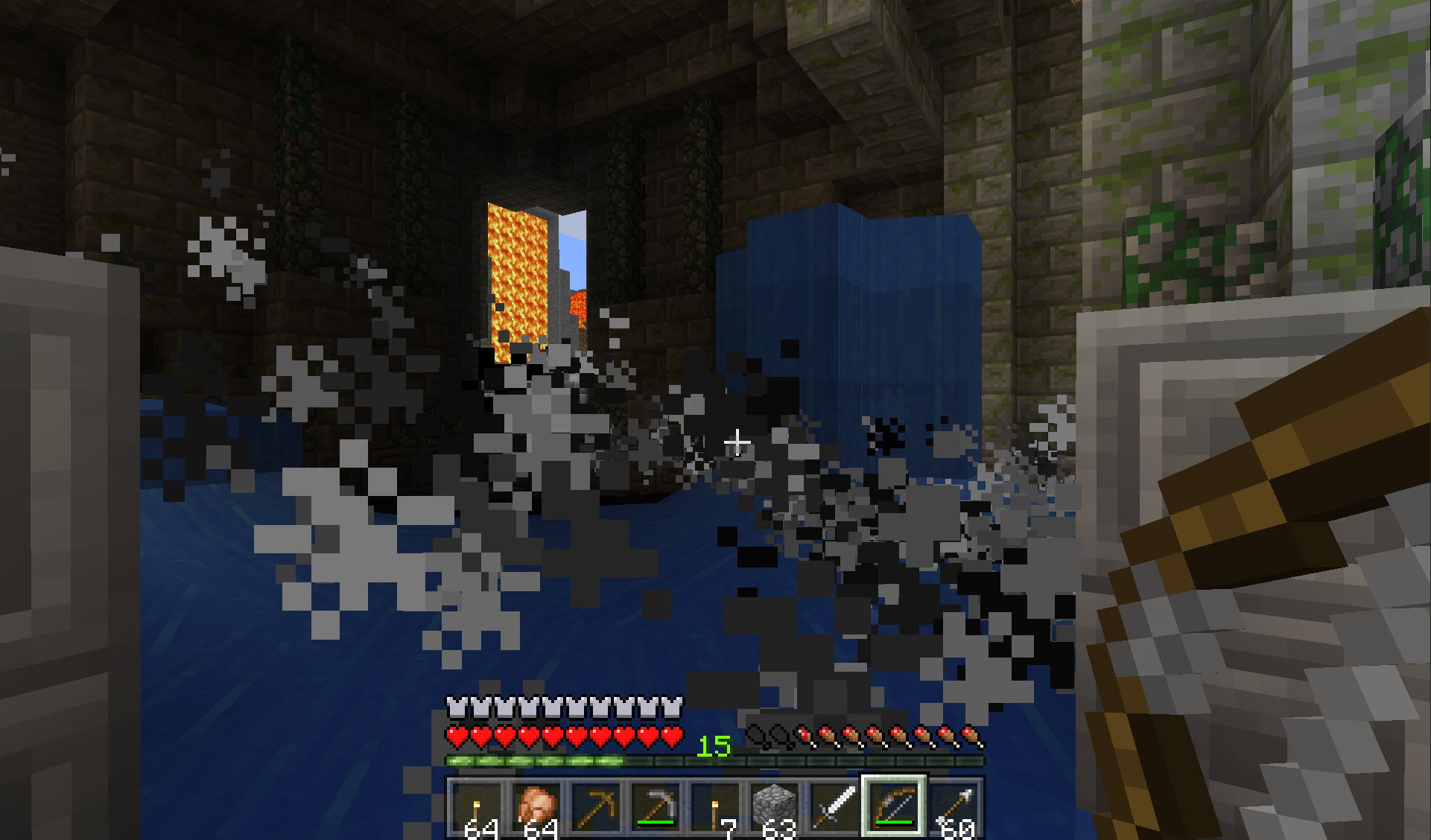
-
Minecraft Oculus #6

-
Minecraft Oculus #7
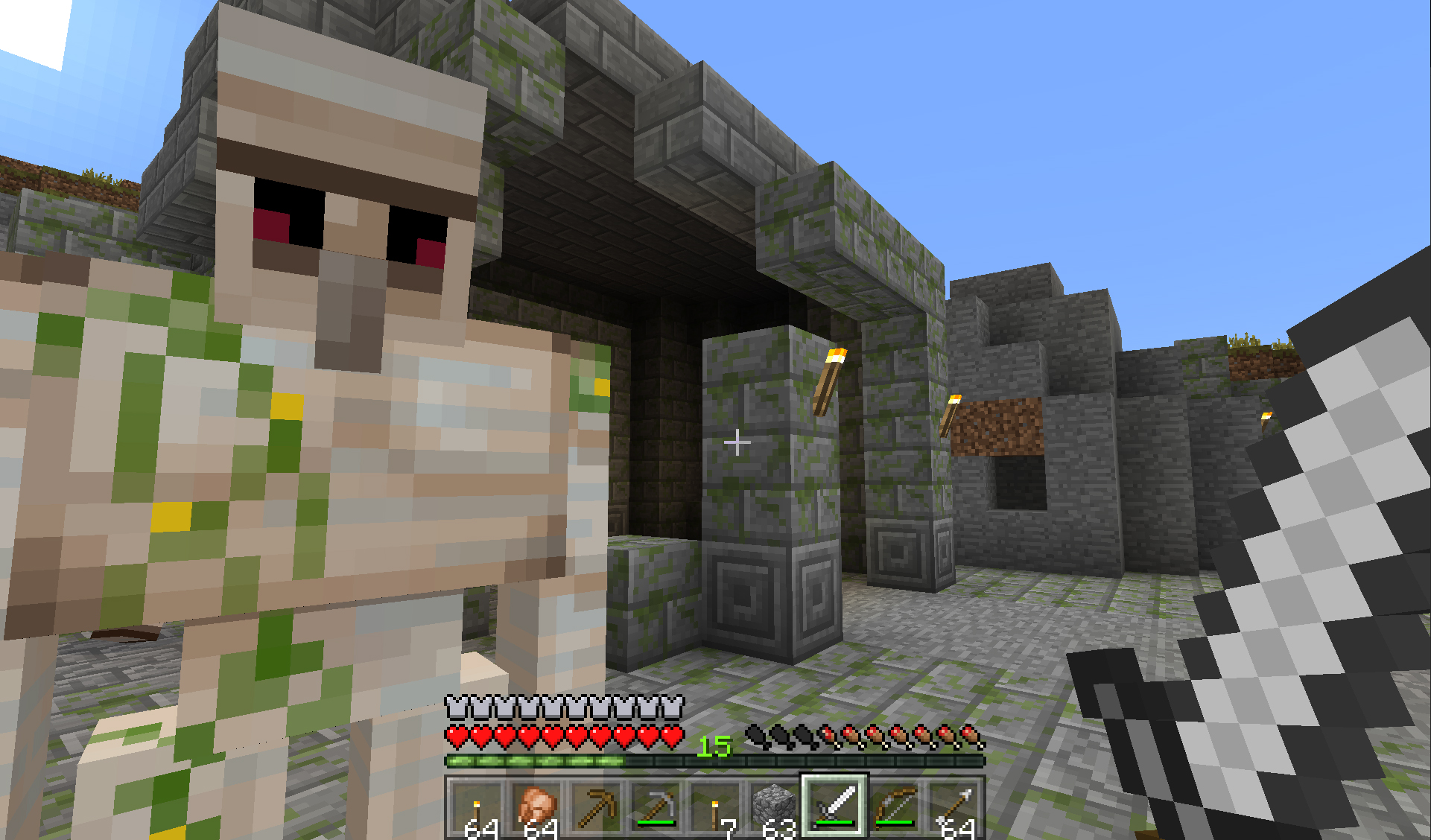
-
Minecraft Oculus #8
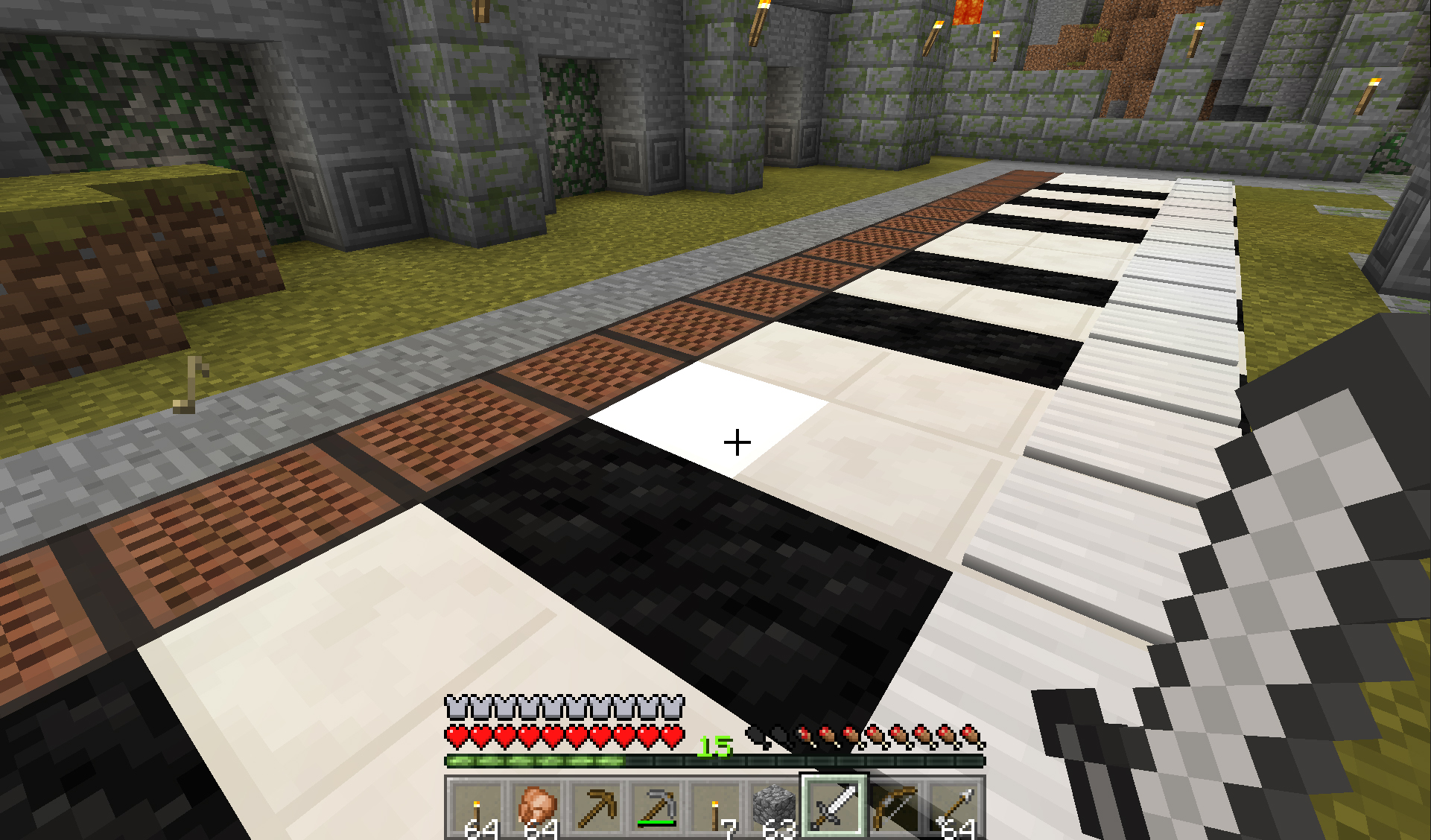
-
Minecraft Oculus #9
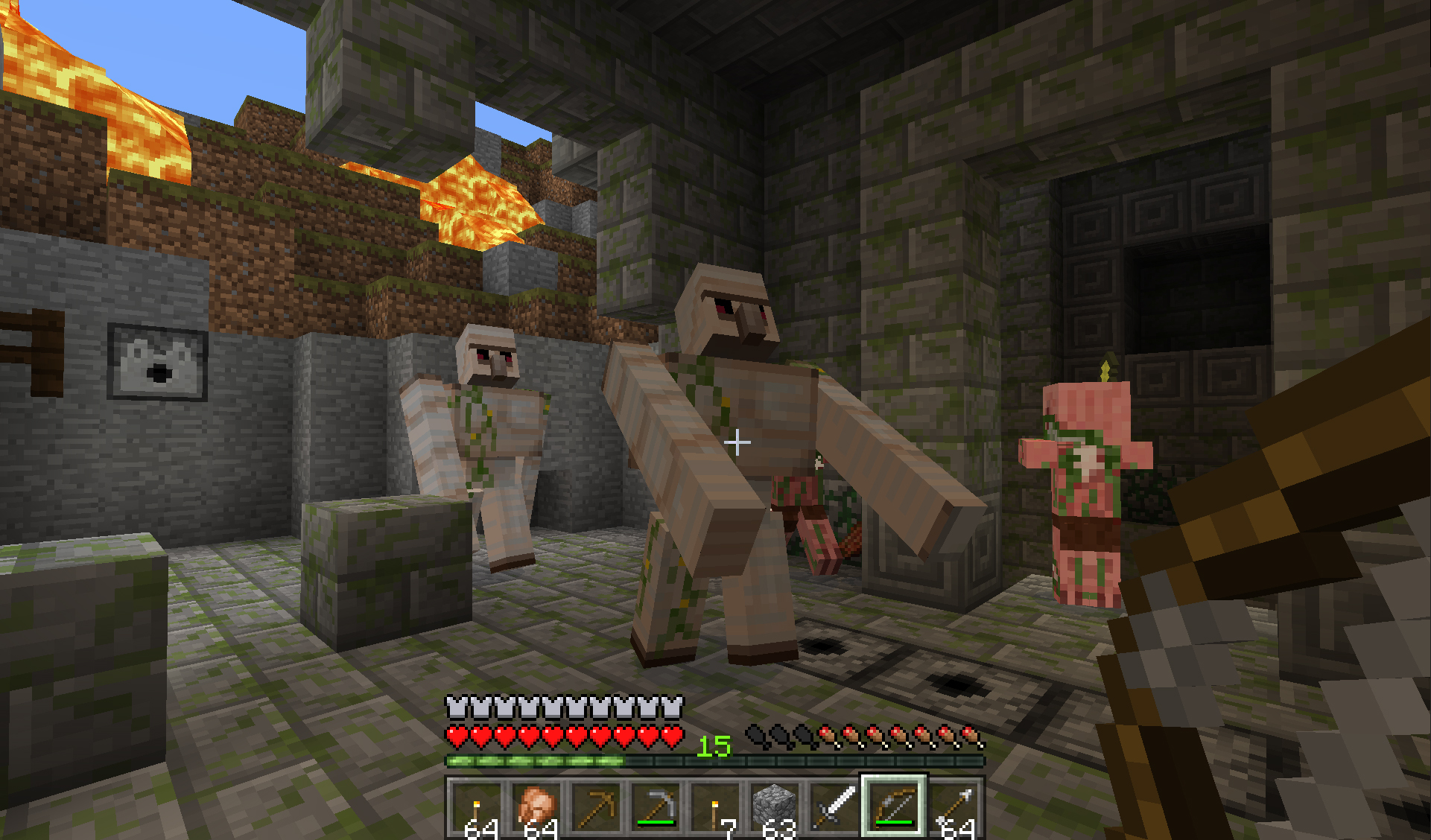
-
Minecraft Oculus #10

-
Minecraft Oculus #11

-
Minecraft Oculus #12
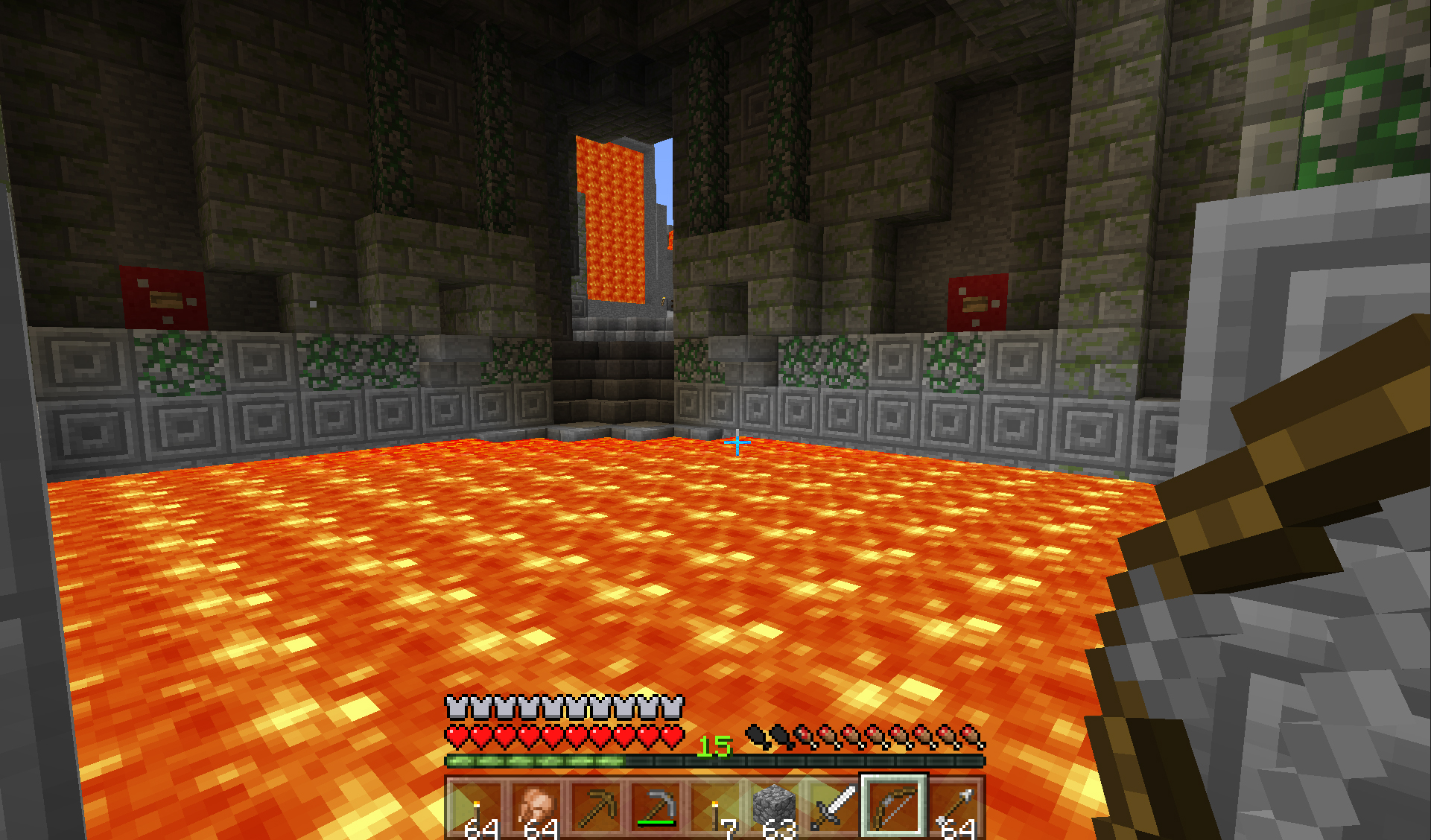
-
Minecraft Oculus #13
